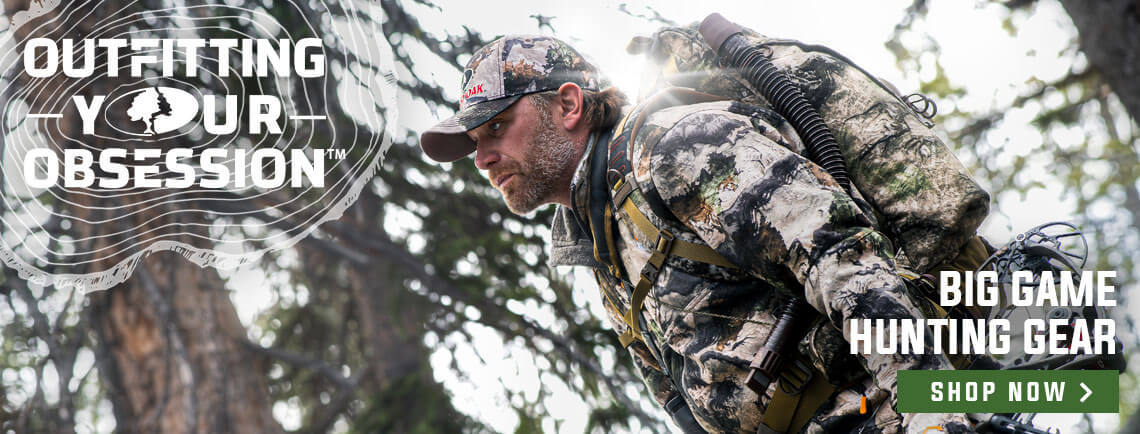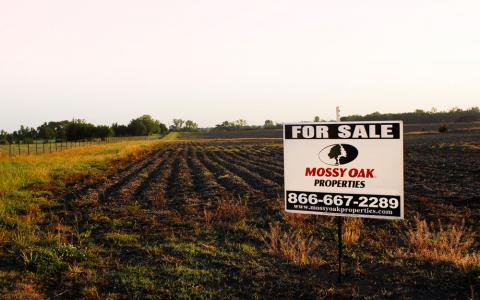Once you’ve spent your time tracking bull elks through the underbrush and mountain meadows, you may find it hard to return to anything else. Elk hunting is nothing short of special. However, many experts will tell you that it takes years to master, and that’s part of the fun. As such, it can be hard to decide whether to opt for a guided hunt or to do it yourself.
Elk Hunter or an Elk Hunt?
Before we turn to the question of money, ask yourself whether you want to go on one or maybe two elk hunts or if you want to become a master of elk hunting. Becoming a skillful, accomplished elk hunter is a long process and takes time. While it’s well worth the effort required, it may be better for the more casual hunter to invest in a guide. That way, you can have the experience of a good elk hunt, even if you don’t have the time to invest in becoming an elk hunting master.
A Word on Guided Elk Hunts
Of course, top-of-the-line guided elk hunts are not cheap, so money is another factor to consider. Remember that paying for a guide does not guarantee you a successful elk hunt—after all, elk hunting is a discipline unto itself—but it does significantly increase your odds as a beginner.
However, if money is a bit of a concern, this isn’t an all-or-nothing issue. You can choose DIY, a top-of-the-line guided elk hunt, or something in between. Some of your other options include a semi-guided hunt or a “drop camp” style hunt.
Let’s explore the pros and cons of your three primary options: a fully guided hunt, a semi-guided or a “drop camp” style hunt, and a DIY approach.
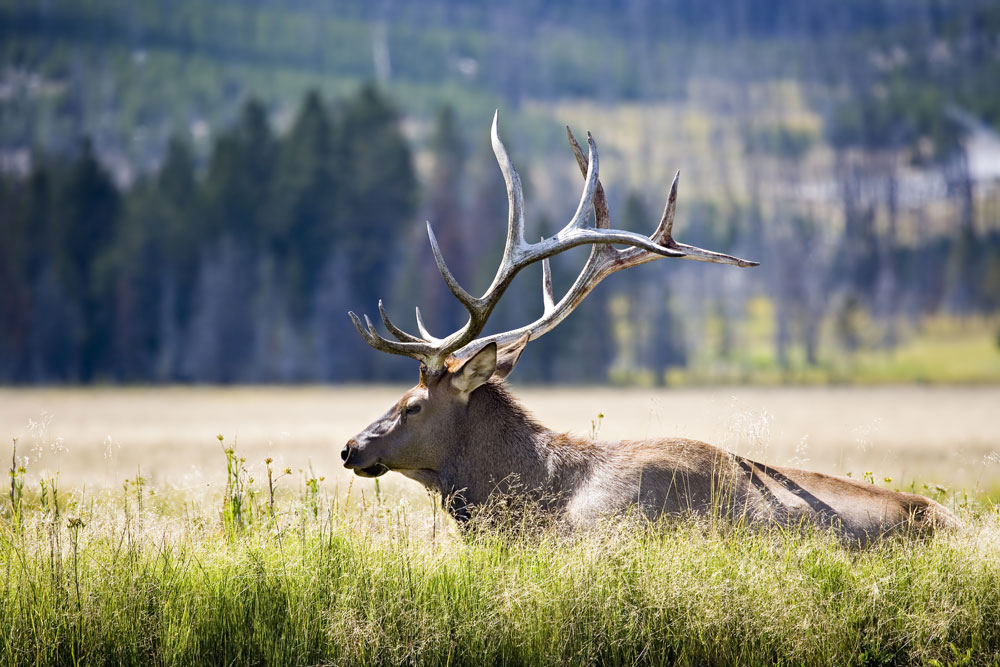
A Fully Guided Hunt
A fully guided elk hunt is best for those who want their one-time best shot at taking down a bull elk. You will have to play the ticket lottery, save up your points, and count your pennies, but the final goal is worth it. Remember, you’re not paying for a guaranteed kill, but you’re paying for much better odds, wilderness, wall tents, and pack strings.
If you can swing it financially, the trip is well worth the price tag. You’re paying for one of the best experiences of your life, led by guides who’ve made elk hunting their passion. A six-day elk hunting trip out west in Montana, Colorado, or Wyoming will run about $4,000-$4,500, plus $400-$900 for an elk tag from the state tag lottery. The rarity of the event is part of what makes it so special.
The pros and cons of a fully guided elk hunting trip:
Pros:
- An all-inclusive experience that’s a vacation unto itself
- Incredible guides
- A far better chance at bringing down a bull elk
Cons:
- You still need to play the tag lottery
- It can be expensive
Verdict:
Best for the first-time elk hunter who wants an incredible taste of what elk hunting has to offer, but who probably won’t be an elk hunter for life.
The Semi-Guided Hunt
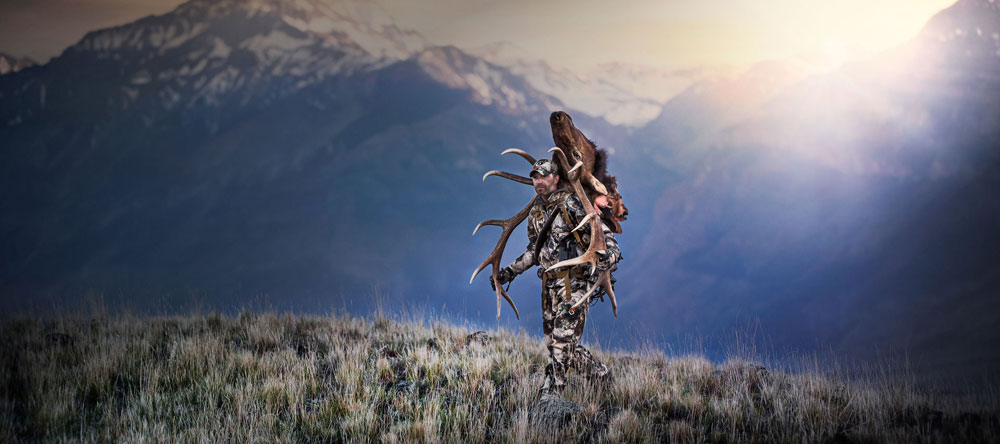
If you want some of the advantages associated with a guided trip but a little bit more personal responsibility and more money left in your wallet, a semi-guided drop camp hunt may be better for you.
You’re mainly paying for transportation to and from a good elk hunting location, but you do all of your camp chores and hunt on your own. A guide will still be there to assist with the logistics, especially if you run into inclement weather, and to give you some pointers, but you will search for the elk and hunt on your own. When you take down an elk, the outfitter will help transport it out of the backcountry, which is also a major plus.
Many companies that offer drop camps also offer fully serviced guided trips. This means their best-paying customers are likely to be taken to the best locations: Since you’re paying less, you’re getting less. That doesn’t mean you won’t take down an elk, but it’s just something to keep in mind.
The pros, cons, and the final verdict of drop camp elk hunts:
Pros:
- Cheaper than a fully guided trip
- Transportation to and from camp, with assistance packing out a kill
- Some help from a guide
- Often costs about the same as outfitting yourself for a DIY hunt
Cons:
- You may not be placed in the best location
- You don’t have the full support of a guide
Verdict:
Best for beginning elk hunters who want to learn more about the discipline before they strike out on their own.
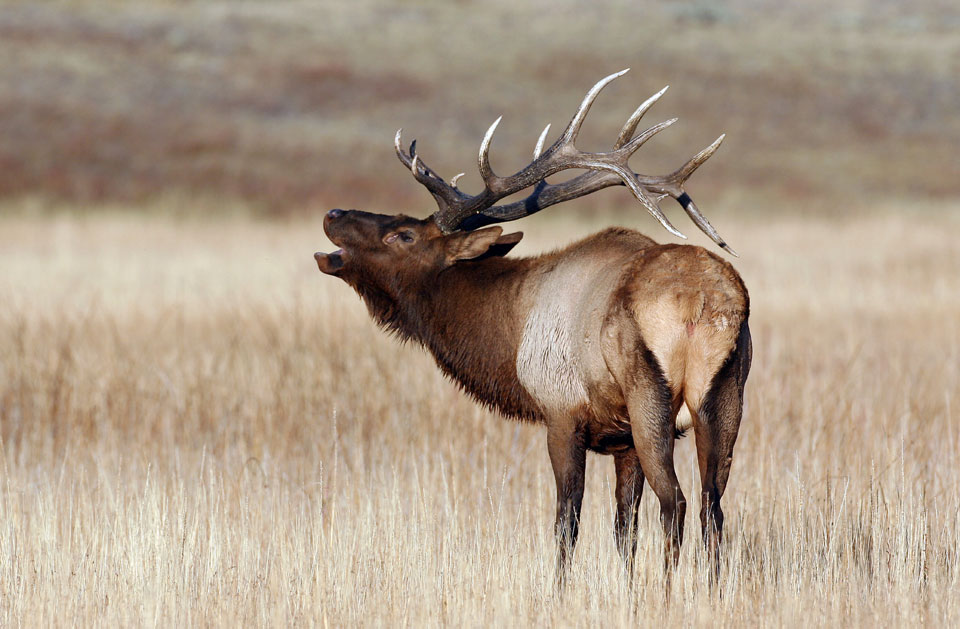
DIY Elk Hunt
A DIY elk hunt, while not nearly as glamorous as a guided trip, is one of the best ways to learn to hunt. You’re not relying on anyone else: You have to do your own research and learn to be a hunter before you take down an elk. You will make your fair share of mistakes and learn things the hard way. You will also experience the peace that comes with self-reliance out in the wilderness.
This makes the process a bit longer and potentially more frustrating, but so much more rewarding. Outfitting yourself typically costs about as much as a drop camp elk hunt. On the plus side, you get to keep your gear.
Here are the pros, the cons, and the verdict:
Pros:
- What you learn the hard way, you’ll never forget
- You earn every step of your progress
- The money you spend is for gear you get to keep
Cons:
- You’ll learn the hard way
- It’s not as glamorous as other options
Verdict:
Best for the beginning hunter who doesn’t mind a steep learning curve and wants to become a master elk hunter.
Last Word
Elk hunting takes years to master, but the experience of the elk hunt is itself a treasure. If you want to experience the wilderness and take down an elk without putting years toward the goal, a fully guided elk hunt may be right for you.
On the other hand, if you want to earn your stripes and work toward mastery, a do-it-yourself approach will likely be far more rewarding. For something that strikes a middle ground, opt for a drop camp. Whichever way you choose, enjoy your time in the great outdoors and savor the memories.

